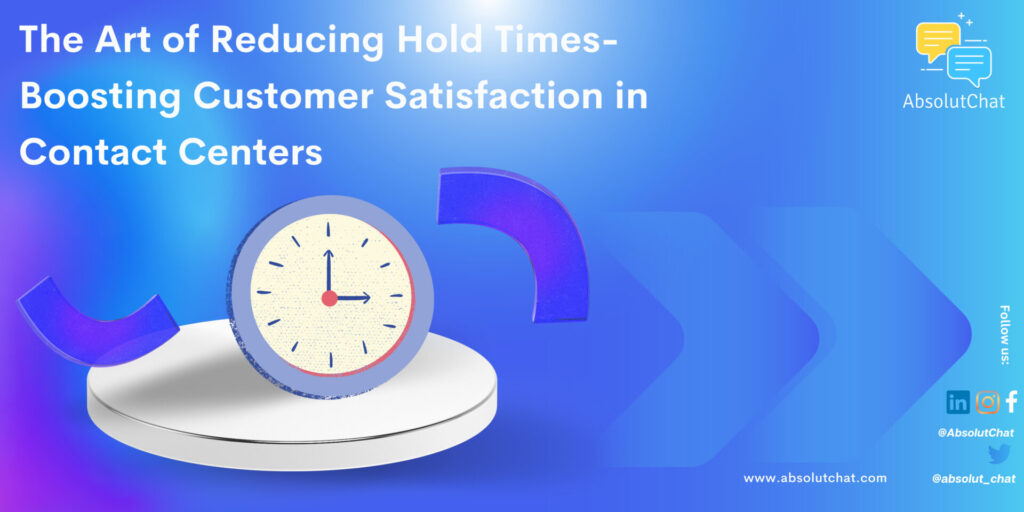
As a leading provider of customer service solutions, we understand the importance of efficient contact center operations and the impact it has on customer satisfaction. In this article, we will delve into the strategies and best practices for reducing contact center hold times, ultimately improving the overall customer experience. By implementing these techniques, your organization can provide prompt and effective support, establishing a reputation for exceptional service.
The Importance of Minimizing Contact Center Hold Times
Long hold times can be frustrating for customers, leading to dissatisfaction and a negative perception of your brand. According to recent studies, 60% of customers consider hold times and waiting on the line as the most frustrating aspect of contacting a customer service center. To address this issue, it is crucial to optimize your contact center operations and minimize hold times.
Efficient Call Routing and Queuing
Implementing an intelligent call routing system is a fundamental step in reducing hold times. By utilizing automatic call distribution (ACD) systems, calls can be routed to the most appropriate agent or department based on predetermined criteria such as language proficiency, skill set, or customer priority. This ensures that customers are quickly connected to the right representative, reducing the need for transfers and overall hold times.
Additionally, adopting an advanced queuing system allows customers to receive estimated wait times and position updates, managing their expectations and providing transparency throughout the process. This feature helps alleviate frustration and increases customer satisfaction.
Optimize Staffing and Workforce Management
Proper staffing and effective workforce management play a pivotal role in reducing hold times. Analyzing historical call data and implementing forecasting models can help identify peak call volumes, enabling you to allocate resources accordingly. By adequately staffing during high-demand periods, you can ensure sufficient coverage and minimize wait times.
Moreover, implementing flexible work schedules and offering remote or virtual agent options can help address fluctuations in call volume. This approach allows you to scale your workforce dynamically and ensure a seamless customer experience, even during unforeseen spikes in demand.
Implement Self-Service and Automation
Empowering customers with self-service options can significantly reduce the number of calls requiring agent assistance, thus decreasing overall hold times. By implementing an interactive voice response (IVR) system and a comprehensive knowledge base, customers can find answers to frequently asked questions and resolve simple inquiries without the need for live agent support.
Furthermore, incorporating chatbots and virtual assistants can further streamline the support process. These AI-powered solutions can handle routine inquiries, provide personalized recommendations, and guide customers through self-service options. By automating repetitive tasks, you free up your agents’ time to focus on more complex issues, ultimately reducing hold times and increasing customer satisfaction.
Continuous Agent Training and Empowerment
Investing in comprehensive agent training programs is vital for reducing hold times and ensuring consistent service quality. Equipping agents with the necessary product knowledge, effective communication skills, and problem-solving techniques enables them to resolve issues efficiently and minimize call durations.
Moreover, providing agents with real-time access to customer information and support resources through a unified customer relationship management (CRM) system can further expedite issue resolution. This enables agents to quickly gather relevant data, make informed decisions, and provide prompt solutions, reducing hold times and enhancing the customer experience.
Conclusion
In today’s competitive landscape, reducing contact center hold times is essential for enhancing customer satisfaction and outranking your competitors. By implementing efficient call routing and queuing systems, optimizing staffing and workforce management, leveraging self-service and automation, and investing in continuous agent training, your organization can deliver exceptional customer service and significantly decrease hold times.
Remember, every second counts when it comes to customer satisfaction. By prioritizing efficiency and employing these strategies, you will not only improve the overall customer experience but also establish a reputation for providing prompt and effective support
Leave A Comment